15 People Whose Ages Are Difficult to Crack Even for Sherlock Holmes

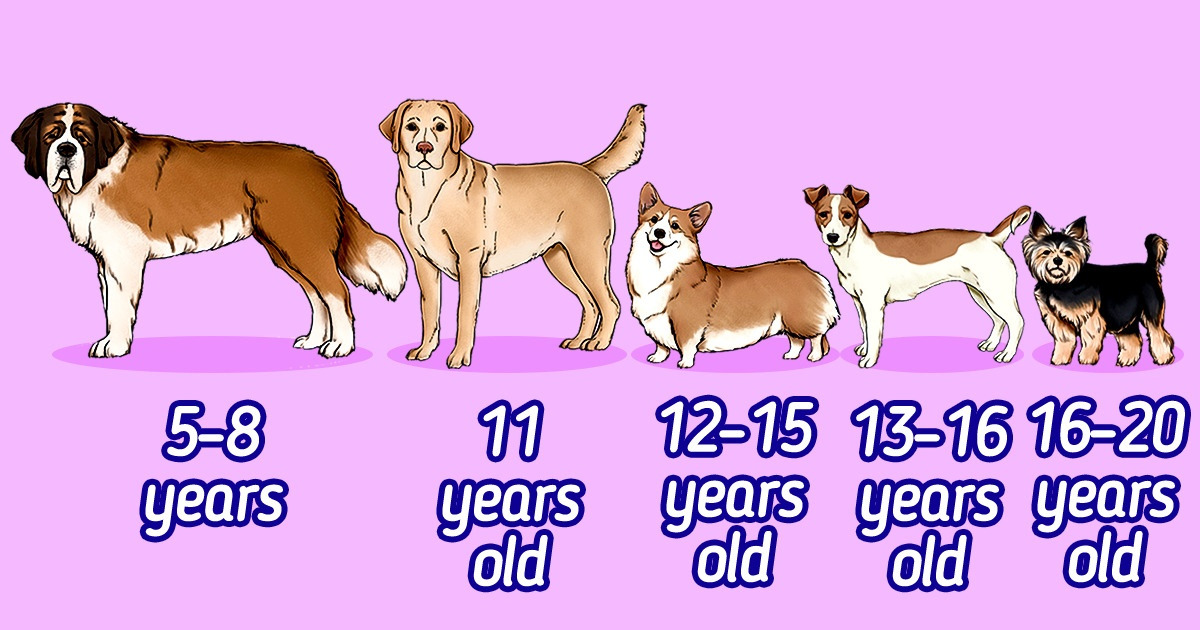
The dream for those of us who have dogs is that they will live forever, but sadly, this is not the case. The longevity of our furry loved ones depends on many elements and we can estimate their lifespan depending on their ancestry. The average lifespan of dogs has increased from 10.5 years to 11.8 years from 2002 to 2016, something that must make dog owners very happy.
There are things you can do to increase their life expectancy and give them a long, happy life, such as offering a balanced diet for them and making sure they get their exercise. However, the bottom line is that some dogs live less than 10 years, while others can live for up to 20 years. In this article, we’ll discuss what types of dogs have a long average lifespan and why big dogs have shorter lifespan than small ones.

Every owner knows that dogs need lots of attention for it to have a long, happy life. It is necessary for all animals to have some form of physical activity. They should be taken out every day to release energy and move. There are special areas where dogs can run and jump over obstacles, among other things and many people take their pets to classes. In this respect, everything depends on what’s available and your personal preferences.
In addition to the necessary physical activity, it is also necessary to provide your four-legged friend with mental stimulation. Also, it will be useful for them to learn commands and just play. Dogs greatly appreciate attention from their owners and the time they spend with them. And it doesn’t matter if they are small dogs or big ones, since they all need exercise in order to live happily.
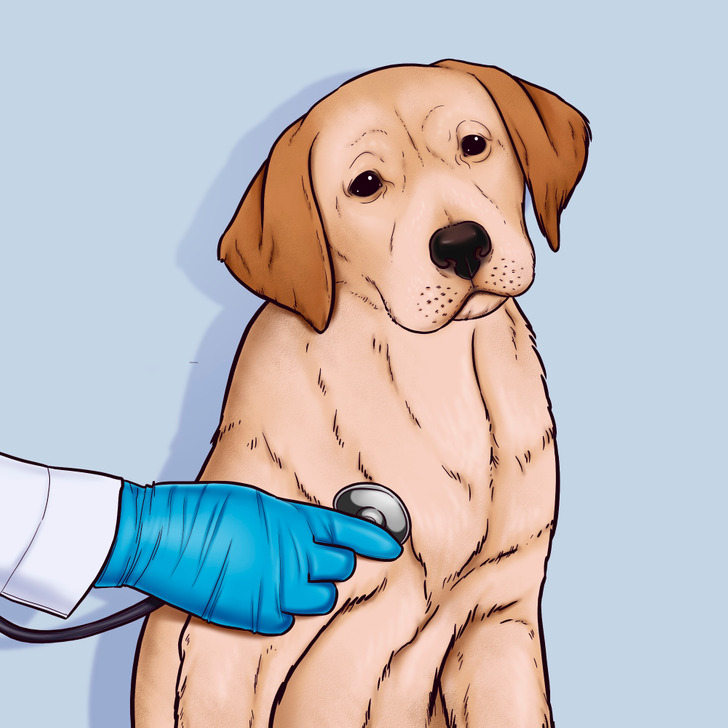
In order for your dog to live as long as possible, you have to take care of their health: take them for regular medical checkups and vaccinate them. If your canine friends have chronic diseases, then keep them under control and follow all of your veterinarian’s recommendations. This extra measure will help your dog live long and increase its average lifespan.
Different breeds are predisposed to certain diseases that can make their lifespans smaller. Familiarize yourself with them and read up on the symptoms so that you can go to the doctor immediately if they flare up. Like humans, dogs need to have dental check-ups, as they can develop periodontal disease, which can lead to gum inflammation and tooth loss.

Hygiene is a very important point if you want to your dog to live for a long time. By not following the basic rules, you can cause bacteria to grow on the dishes that your pet eats and drinks on, as well as on other surfaces in your home.

It doesn’t matter if you feed your dog with natural food or a special product since the most important thing is to provide them with a healthy and balanced diet. To lead a full life, a dog must receive the necessary proteins, fats, carbohydrates, vitamins, and microelements. You should consult with your veterinarian and then follow their advice.
Make sure your dog doesn’t overeat, because being overweight can shorten its average lifespan. Provide your pet with constant access to drinking water, as it is indispensable for it to live happily. Not only that, but research shows that feeding dogs from your table is a terrible idea. The stomach and esophagus of people and dogs are completely different and the gastric juices are different too.
The digestive system of dogs simply can’t handle most of the foods we eat. It’s better to not express your love to your dog with your food, but with your attention to its diet.
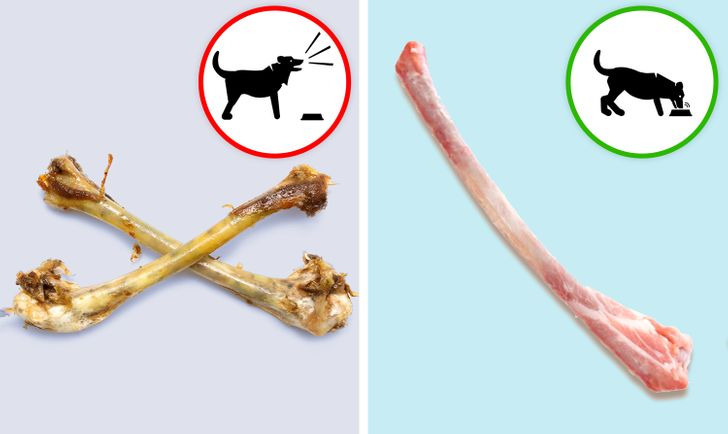
Generally, in nature, small animals and insects live short lives, while large animals live much longer. For example, on average, a housefly lives for one month, a rat lives 2 to 3 years, a horse can live up to 30 years, and an African elephant up to 70 years. In other words, the size of animals and insects correlates with life expectancy. However, in dogs, this is completely opposite.
In most cases, small dogs live longer than large dogs. There is no exact answer to the question of why this happens, although some experts believe that age-related diseases develop earlier in large canines than in small ones.
It should be noted that these are only average values. In the breed description, you should look for more detailed information about this.
In general, mongrels or mutts tend to live longer than purebreds. This is because they have stronger immune systems and are less likely to get sick.
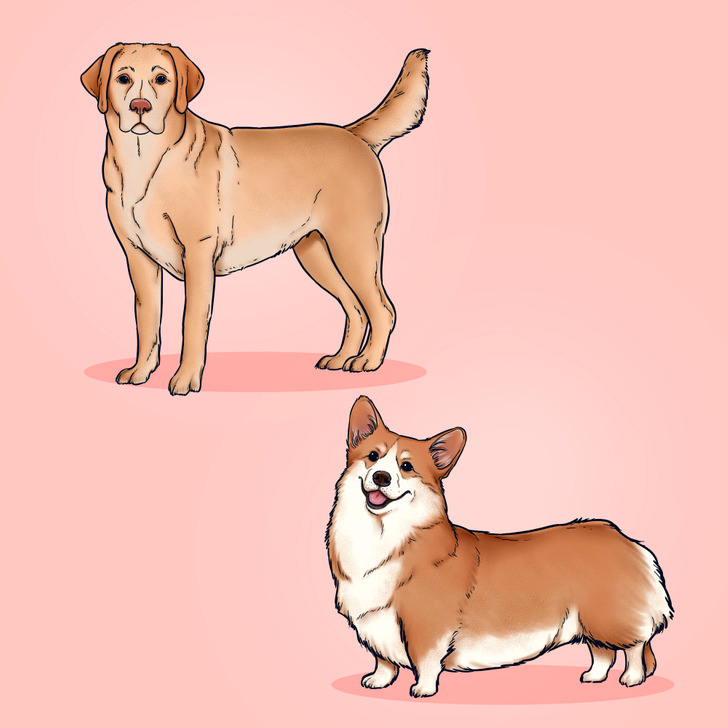
The average life expectancy of some popular breeds of dogs:
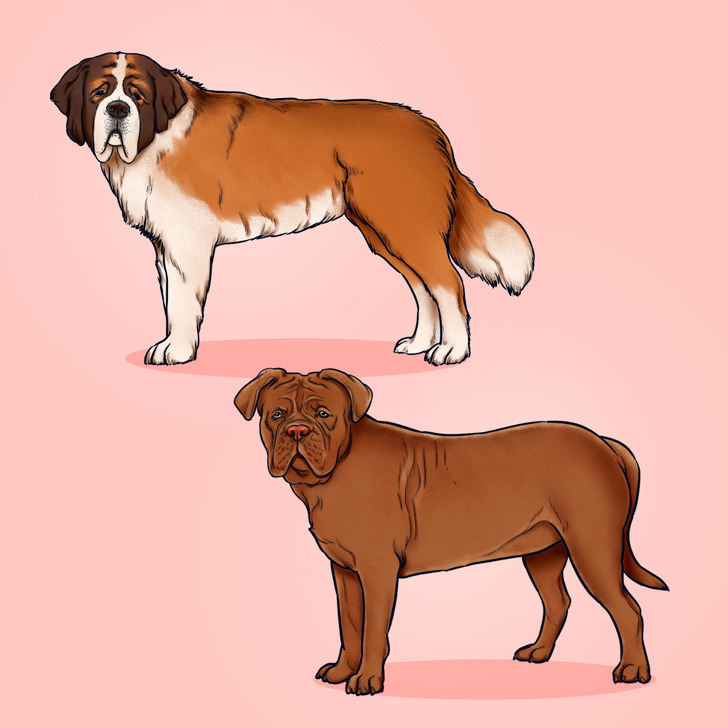
The life expectancy of dog breeds with short life spans (average):

The average life expectancy is also shown here.
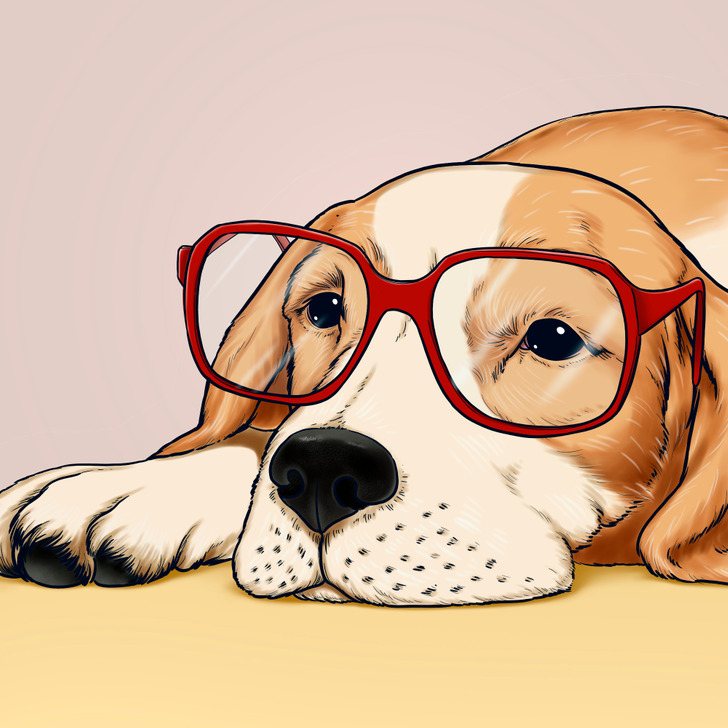
Undoubtedly, dogs of all ages require a specific type of care. For example, a young one needs more activity, and an older one may no longer be able to deal with a lot of activity. There are signs that indicate the aging of the pet. By noticing them in time, you can gradually adapt the proper care regimen for your four-legged friend.

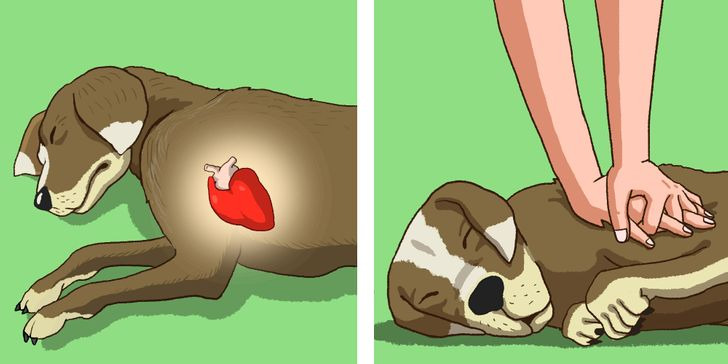
How old was your dog when you met them? How many years have you been together and how do you celebrate that shared time? Do you prefer big dogs or small dogs and why do you have that preference?











